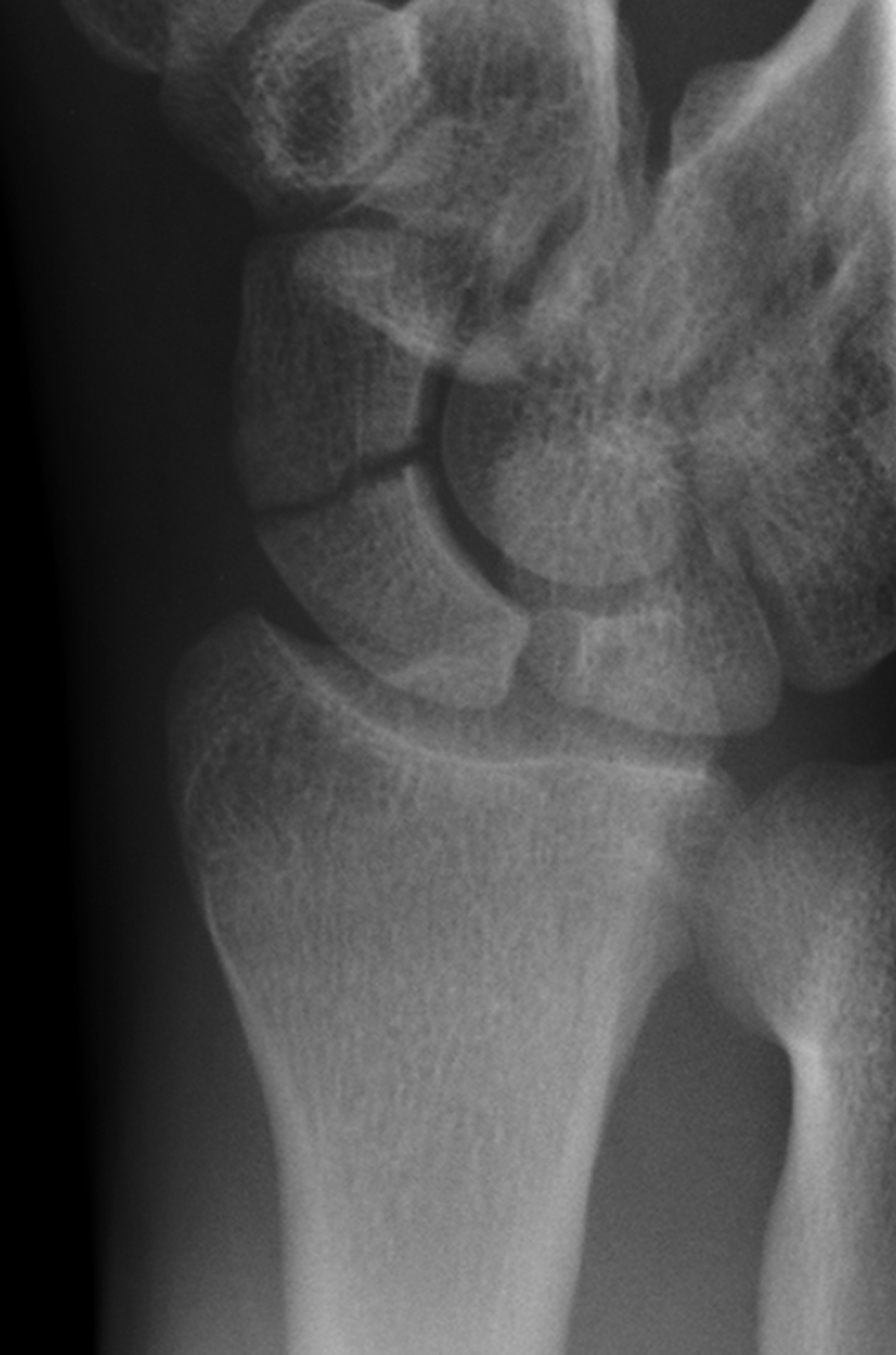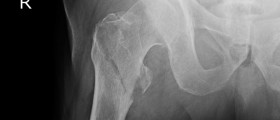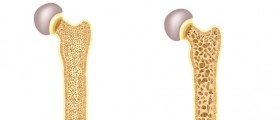
There are not that many people who do not know what a fracture is. However, when it comes to a distal radius fracture a lot of people do not know that it is a fracture of the radius in the forearm. This type of fracture is a lot more commonly known among people as a wrist fracture. In most cases of wrist fracture, the most commonly used treatment plan is immobilization. However, people should know that in some severe cases and complex fractures there is a need for surgery. People should also be aware that there are several types of distal radius fractures which are quite specific and these are Colles’ fracture, Smith’s fracture, Barton’s fracture and Chauffer’s fracture.
Signs and symptoms
There are a lot of ways a person can end up with a wrist fracture but some causes occur a lot more than others. For instance, a fall on an outstretched arm is the most common cause of distal radius fracture. A moderate or severe force which occurred due to a fall from a serious height or a motor vehicle for instance is the most common cause of wrist fracture among young adults. It is important to know that there are some people who are more prone to this type of fracture than other people. These people are the ones who suffer from osteoporosis or some other metabolic bone disease. The most common and obvious sign of distal radius fracture is localized pain. Apart from the pain, the deformity of the wrist is almost always present. The deformity usually occurs due to the swelling of the wrist. Numbness is pretty common as well. The main reason why the hand will feel numb is because the median nerve which goes across the wrist gets compressed. This case is otherwise known as carpal tunnel syndrome.
In almost all cases of wrist fracture people should know that they will experience limited digital motion. This limited digital motion also occurs due to the deformity of the wrist.
When a person suffers from a wrist injury it is essential that he or she gets the wrist examined. It is important for the skin wound to be ruled out because that will rule out an open fracture as well. Apart from the obvious skin wounds, people should also check for loss of sensation and loss of circulation to the hand as well.
People should also be aware that there are some injuries which are connected with the fracture of the wrist. Such injury is the injury to the ulnar styloid. When styloid fractures are considered, a person should know that they can occur in only two places. These places are to the tip of the styloid or at its base. Apart from this injury, a person may experience injuries to the elbow, humerus and shoulder as well. Compartment syndrome may occur as well but these situations are extremely rare.
Diagnosis
It is not hard for the doctor to make a diagnosis in cases when there is an obvious deformity of the wrist. However, in most cases a person will have to undergo an X-ray in order for the fracture of the distal radius to be confirmed. There are some differential diagnosis which may include scaphoid fractures and wrist dislocations. These injuries are known to be present with the fracture of the wrist. It is not common that the actual fracture is not visible on the X-ray right after the injury occurred. This is why there are delayed X-rays, CT scan and MRI done in order for the proper diagnosis to be confirmed.
In almost all cases when there is a suspicion of a fracture, a person will have to undergo an X-ray because that is the best way for the diagnosis to be confirmed. CT scan is performed when there is a need for the articular anatomy of the fracture to be explored. CT scan is always performed if there is a need for surgery. However, the essential factor in the deciding on the prognosis and treatment is the displacement of the articular surface. The surface of the joint needs to be smooth in order for the joint to be able to function the way it should. If the joint is not smooth there is a huge possibility that the person will experience pain and in most cases radio carpal arthritis.
Treatment
First of all, people should know that the there are treatments which do not require surgery. In a majority of torus fractures there is only a need for a splint and this way a person will not need to wear a cast.
However, the most common treatment for stable fractures is immobilization. A splint is placed firstly when there is swelling and after that a cast is placed.
The nature of the fracture will determine how big the cast will be. If the fracture is not a placed one, there is a need for the fracture to be manipulated. After that, the wrist will be placed in a cast in order for the re-displacement not to occur. A person will undergo another X-ray after a period of 7 days in order for the doctor to see whether the wrist is placed properly. After the cast is removed a person will follow a rehabilitation program. People should be aware that the most crucial period is 2 weeks after the fracture. Data
According to the data, there are more than 10,000 cases of fracture every year. The data also claims that high-energy trauma is the most common cause of fractures among young people.

















Your thoughts on this
Loading...